Nikon z50 is the forerunner of the APS-C of the Z series that distinguishes the mirrorless segment of the Japanese manufacturer.
It is a compact camera, very portable and suitable for travel. It is a great product especially for those who already have a Nikon camera, maybe an entry level SLR, and want to switch to a mirrorless without spending a fortune or buying too many new lenses.
Design & Materials
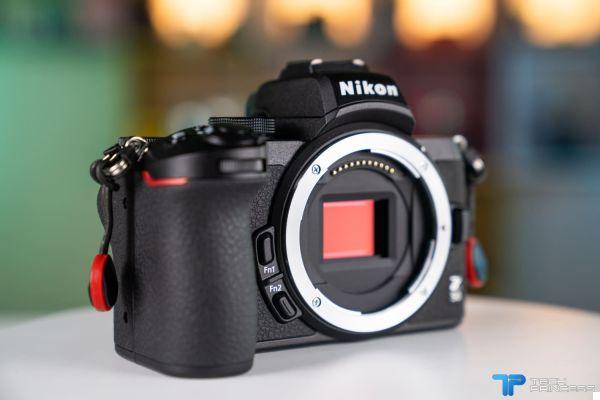
Nikon z50seen from a distance, it recalls the Z series products seen so far. We therefore find buttons with rounded parts, the classic Nikon program dial, the typical shutter button and so on.
At the top it is present the 2.360.000 electronic viewfinder points and 7 levels of brightness, then we have the sled for the flash, the convenient program dial, the power button and one dedicated to switching from photo to video mode.
Under the viewfinder there is the flash, well hidden: a classic pop-up not too bright but sufficient for amateur shots. The front remains very clean, most of the space is taken up by the large 55mm bayonet already known with the Z6 and Z7. On the front there are three buttons: one to change the lens and two other Fn completely configurable at will.
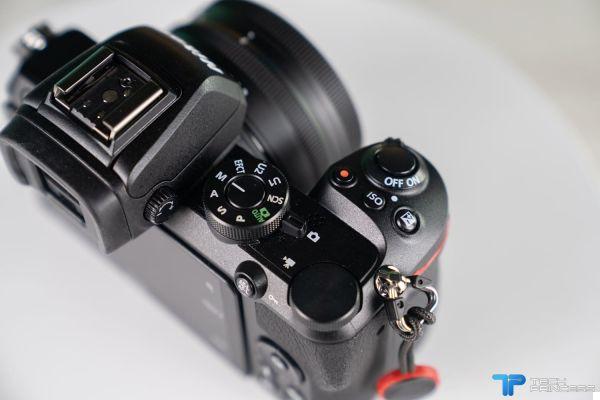 On the left side we find all the various connectors this Z50 has. These include: a microphone input, a microUSB port and a microHDMI to connect the camera to external sources (monitors included). The microUSB port also supports charging.
On the left side we find all the various connectors this Z50 has. These include: a microphone input, a microUSB port and a microHDMI to connect the camera to external sources (monitors included). The microUSB port also supports charging.
The right side is completely clear. The memory card and battery are located on the bottom of the camera. Nikon Z50 uses an EN-EL25 battery that offers a power of 8.5Wh and allows a range between 300 and 400 shots with a single charge, a characteristic fully respected according to the tests made.
At the rear is the generous 3,2 ”monitor capable of displaying up to 1.040.000 pixels with a good capacitive touchscreen and the ability to be oriented 180 degrees.
The body weight is approx 450 grams, a feature that will allow you to carry the camera without problems.
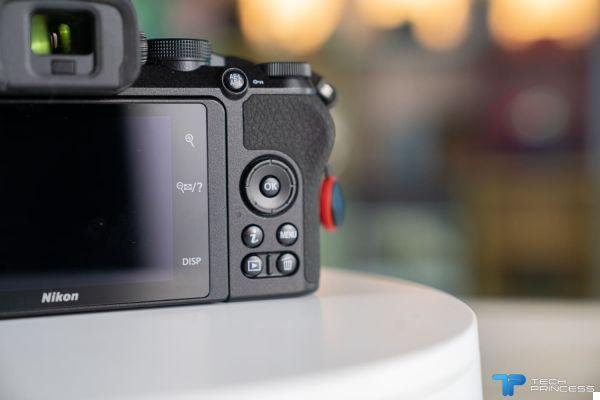
Performances
Nikon Z50 integrates a 20.9 megapixel APS-C sensor, two dials for control, processor EXPEED 6 which offers a burst of up to 11 fps, 4K video recording up to 30p, a 2.36 megapixel OLED viewfinder, rear touchscreen tiltabile up to 180 °, Bluetooth and WiFi (working with the Snapbridge app) and various integrated creative effects.
 Nikon Z50 has good features for an almost mid-range entry level and is good as a meeting point for the classic Nikon user who wants to switch to a mirrorless without breaking the bank. The sensor offers excellent quality, the autofocus is fast and precise, the ergonomics are excellent, the rings are comfortable and the shooting sensation is positive. It will not give you great satisfaction perhaps in still life, or in more studio genres, but it is all commensurate to your needs, which, in this case, do not have to be professional.
Nikon Z50 has good features for an almost mid-range entry level and is good as a meeting point for the classic Nikon user who wants to switch to a mirrorless without breaking the bank. The sensor offers excellent quality, the autofocus is fast and precise, the ergonomics are excellent, the rings are comfortable and the shooting sensation is positive. It will not give you great satisfaction perhaps in still life, or in more studio genres, but it is all commensurate to your needs, which, in this case, do not have to be professional.
Inside the camera there are also various effects with which to customize the shot in real time, such as the "toy camera" effect and other classics already seen in other Nikon.
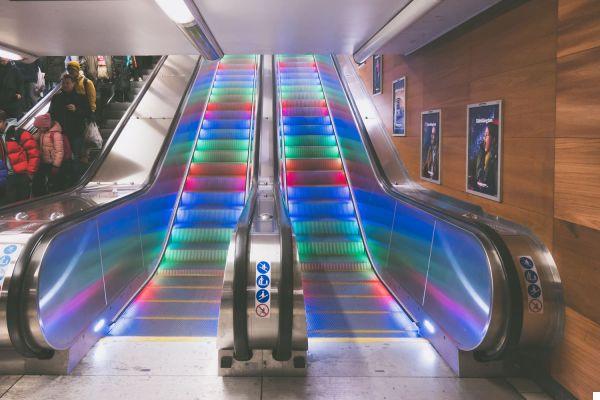 A heartfelt lack, for many, is internal stabilizer, that addition that would have allowed to change many things not only in the shooting phase but above all for the video part. A defect? Not really considering that this feature would have significantly raised the price of the camera.
A heartfelt lack, for many, is internal stabilizer, that addition that would have allowed to change many things not only in the shooting phase but above all for the video part. A defect? Not really considering that this feature would have significantly raised the price of the camera.
Image quality
Nikon Z50's image quality is absolutely good, that's a great guarantee every time. Nikon has been making cameras for many, many years, and it shows: the sensors are performing, the dynamic range is remarkable and the overall quality is decidedly high for a medium-low range product. It is true, the 20 megapixel sensor is inferior in physical and quantitative terms compared to other competitors in the same range, but what you gain here is a better yield for the aforementioned dynamic range and, above all, a better seal in ISO sensitivity.
 Excellent possibility to choose what type of shutter to use, whether electronic or mechanical. Obviously the electronic will have faster times, the mechanic will produce a purer and more natural bokeh, as in any camera body with a hybrid shutter. By default, the camera has an automatic shutter, this means that it will decide whether to use the mechanical or the electronic one, however, if you are feeling a bit more geeky, you can choose the right setting to use and, if desired, configure it in the buttons. shortcut.
Excellent possibility to choose what type of shutter to use, whether electronic or mechanical. Obviously the electronic will have faster times, the mechanic will produce a purer and more natural bokeh, as in any camera body with a hybrid shutter. By default, the camera has an automatic shutter, this means that it will decide whether to use the mechanical or the electronic one, however, if you are feeling a bit more geeky, you can choose the right setting to use and, if desired, configure it in the buttons. shortcut.
Autofocus
Nikon Z50's autofocus can go up to 209 points in various mixed configurations of your choice. Do not miss the AF C, that is continuous but what is missing in my opinion is a small switch (perhaps front) with which to quickly select the type of focus of interest, whether automatic, manual, single or continuous. I understand it's not Nikon-style on APS-Cs, but given the evolution of the system, perhaps this has become necessary.
 Overall, this lack and the way in which the focus is managed made me perceive some difficulties in the correct use and understanding of the Autofocus system, which therefore requires time for learning and a little practice.
Overall, this lack and the way in which the focus is managed made me perceive some difficulties in the correct use and understanding of the Autofocus system, which therefore requires time for learning and a little practice.
Video
Nikon Z50 promised excellent video performance, with the ability to record movies up to 4K30 and 1080p up to 120fps for excellent slow motion. Also excellent is the possibility to choose the type of "Science of color", a function that also includes a flat profile to try to do some color correction in post-production. However, the range log is not present and, for heaven's sake, that's okay.
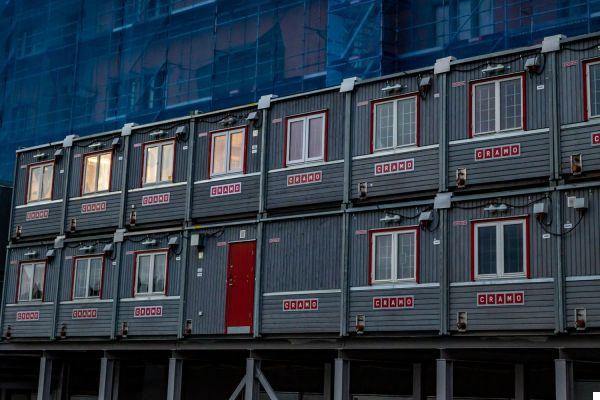 The rolling shutter control is good and the overall quality, on the video side, exceeds expectations, considering that, frankly, up to the arrival of the D850, Nikon had a little underestimated this productive part.
The rolling shutter control is good and the overall quality, on the video side, exceeds expectations, considering that, frankly, up to the arrival of the D850, Nikon had a little underestimated this productive part.
Nikon Z50: our conclusions
 There are advantages and defects, like everything and like all products, but on the other hand I am very satisfied with the kit pricing of this product, which with a 16-50 perspective it can be purchased for around 1.200 euros including a 64GB Lexar SD card and, hear and hear, the lens adapter. This means that, if you already have a Nikon kit with various lenses (perhaps even expensive), you will be able to adapt them all and use them on your own Z50. thanks to the adapter included in the kit. An excellent strategy, that of Nikon.
There are advantages and defects, like everything and like all products, but on the other hand I am very satisfied with the kit pricing of this product, which with a 16-50 perspective it can be purchased for around 1.200 euros including a 64GB Lexar SD card and, hear and hear, the lens adapter. This means that, if you already have a Nikon kit with various lenses (perhaps even expensive), you will be able to adapt them all and use them on your own Z50. thanks to the adapter included in the kit. An excellent strategy, that of Nikon.

Nikon z50
For 
- Great image quality
- Excellent dynamic range
- Good video quality
- Stunning ergonomics
- Low weight
- Excellent autonomy
- Great switch for photos and videos
Cons 
- AF not perfect and not always accurate
- There is no USB-C port
- The monitor is not really tiltable
- A Joystick is perhaps now necessary
- A quick switch for AF modes would also be welcome


























